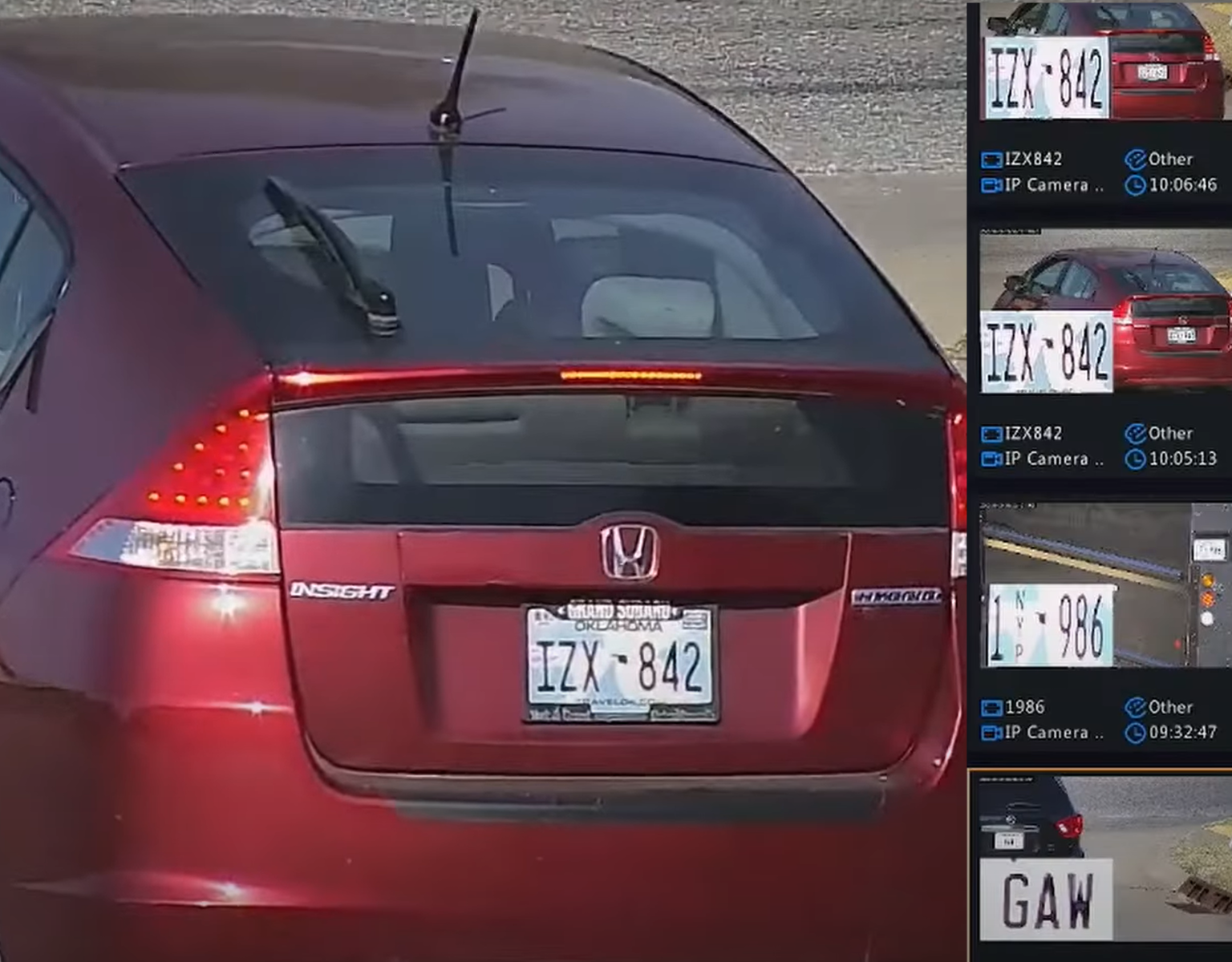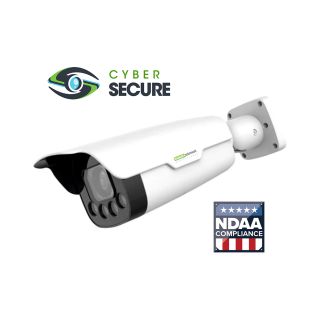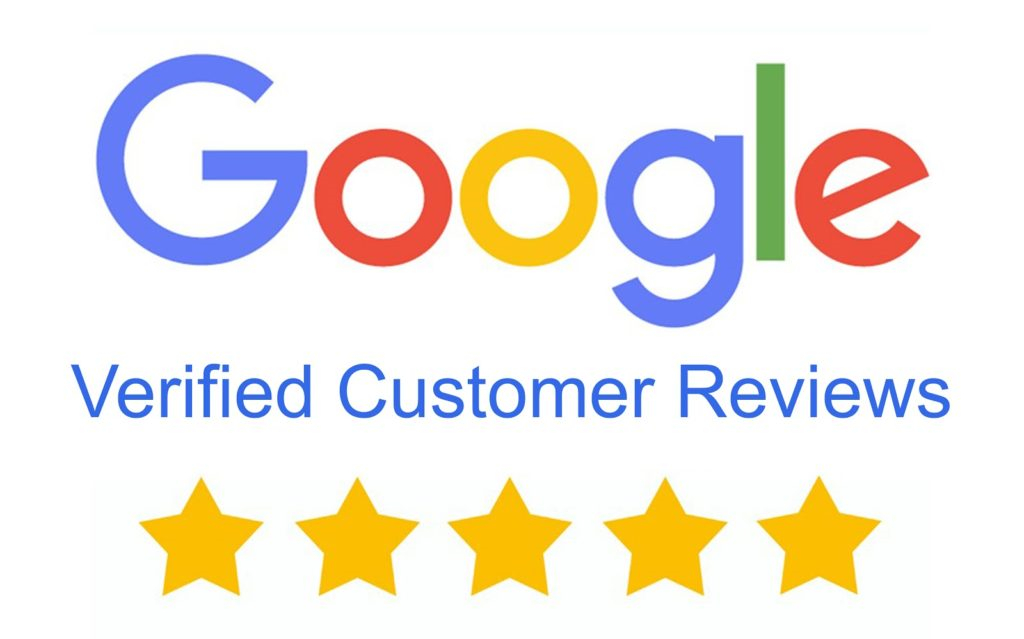LPR Cameras
Capturing License Plates is a Common Desire For Both Residential And Business Owners.
Capturing plates is the most difficult task security cameras perform. The challenges are considerable. The target is usually moving, the camera must be at the right angle to the movement of the vehicle, the horizontal field of view of the camera must be adjusted so the camera has enough resolution at the target location to capture the plate. The camera must compensate for the glare of the headlights or tail lights and the reflective nature of the plates. Getting all these variables to line up for reliable plate capture can be challenging.
The first step is to follow the camera location rules for plate capture. If the camera is not located to view at the correct angle and height, there is little chance of capturing every plate that passes by. The following camera locations and target field of view must be followed.

There are two distances that matter when locating the camera.
A) The distance from the camera to the target location of the plate. Max 120 Feet
B) The horizontal viewing distance at the location of the plate. Max 15-20 Feet

Both distances can be accommodated by using a camera with an adjustable zoom lens. The zoom lens allows you to adjust the camera's field of view so you have a horizontal view distance of no greater than 20 feet at the target location.
The best location for plate capture is a natural bottleneck that funnels the traffic into a narrow entry such as a drive entrance. This helps because the natural traffic flow requires each vehicle to line up with the camera's target location as they enter and exit.
The most common mistake consumers make is trying to use a camera for general surveillance and capture plates. This causes the consumer to select a horizontal viewing distance which much wider than is required, usually 40-60 feet at the target location. Plain and simple it will not work, even with 4K cameras. To capture license plates you must dedicate one camera to the job following our Pros Golden Rules - One camera, one job and keep the horizontal viewing distance under 20 feet.
Using 4K Surveillance Cameras to Capture Plates
Many of our customers use our general surveillance cameras to capture plates. While the resolution and lens zoom capability of these cameras allow you to meet the distance requirements we discussed above, they lack the specialized AI and image adjustments that license plate recognition Camera offer. Below is a sample video showing plate capture using our Pro240MZ general surveillance camera and other 4K cameras. While the performance is excellent compared to other cameras on the market, they still do not perform as well or offer the features of a true license plate recognition Camera.
Why You Should Use a LPR Camera For License Plate Capture?
LPR cameras are equipped with enhanced features. They offer glair reduction filters, 60 frames per second recording, and AI software for target identification.
Glair & Reflection Reduction
The biggest challenge to capturing plates at night or in low light is the glair created by the vehicle's headlights and tail lights. In addition, the camera must be able to compensate for the light-reflective nature of the plates. License plate recognition cameras have advanced image filters that allow you to adjust the performance of the camera in all lighting conditions.

Moving Vehicles & Frame Rates
License plate recognition cameras are equipped with a video chip that can capture 60 frames per second of video. Regular surveillance cameras offer a maximum of 30 frames per second which is considered "real-time". If a vehicle is moving it is best practice to record as many frames per second as you can. The faster the vehicle, the more frames you want. Because LPR cameras double the frame rates they capture clearer images when the vehicle is in motion. This feature coupled with an adjustable shutter speed allows the camera to be adjusted to its environment.
AI & Target Identification
LPR cameras are equipped with advanced AI capabilities. The camera can identify a moving vehicle, locate its license plate, capture an image of the vehicle and a zoomed image of the plate, all while automatically adjusting to changing light conditions.
The camera communicates with the video recorder via a network cable, usually Cat6 cable which connects the camera to the recorder or a common network with PoE.
Recording, Database & Management
The LPR video recorder receives the data and creates a searchable database of all plate captures. The system offers white and black list automation responses. If you have a database of plates that should enter a certain location the system will read the plate and compare it to the database. If a plate is not listed in the databases alerts can be automatically sent to responding parties.
The recorders searchable database allows a user to quickly search the data and locate all images of a specific plate or find all plates entering a specific location or time frame.
Installation & Setup
LPR systems are designed for the application. Each requires some setup to adjust the camera and recording to the environment and the customer's needs. Our LPR systems are preconfigured from the factory to make the setup process as fast and simple as possible. The customer needs only to install the equipment and then call our technical center for complete setup and adjustment support.
- (CS-LPR) LPR - License Plate Capture Camera - Advanced AI Detection
- LPR License Plate Recognition
- - 4-47mm Motorized Zoom
- - Glare Reduction & WDR
- - Full Motion 60fps Video
$799.00
Enhancing Security with License Plate Recognition Camera System
The importance of technology in ensuring people are secure in today's world is immeasurable. Cameras capable of Licence Plate Recognition (LPR) have become an integral part of surveillance and security systems, allowing for constant monitoring of traffic.
The purpose of an LPR Camera, also known as a Licence Plate Reader camera, is to record the license plate numbers of passing cars. These cameras employ sophisticated optical character recognition and image processing methods to read and store license plate information reliably.
A license plate recognition camera allows for the digitization process to proceed in challenging and harsh environments, such as those with moving targets, wide-open angles, low ambient light, fog, etc. They can function alone or as part of a larger security network, hence have several potential uses.
LPR Camera Uses in Various Settings
- Law Enforcement Institutions- LPR cameras have found widespread use in the criminal justice system. Police departments and other security services use LPR camera systems for traffic surveillance, vehicle identification, and evidence collection in criminal cases. To better protect the public, these cameras are essential in spotting illicit cars.
- Controlled Parking and Entry- The parking and access control industries also make extensive use of an LPR system. Automated license plate capture technique is used to keep tabs on vehicles and restrict entry in parking garages and lots. In addition to making parking easier for customers, this also helps parking lot owners better track their earnings.
- Controlling and Managing Traffic- Traffic can be better managed with the use of LPR cameras. They can monitor things like vehicle speed and license plate numbers, which can help with traffic management and make roads safer. Congestion hotspots can be pinpointed, traffic regulations can be strictly enforced, and enhancements to the road network may be planned more accurately.
- Safeguarding Security Devices- LPR cameras are an essential part of modern security systems, whether they are monitoring private property, a business, or a public area. By recording license plate numbers and picking up unwelcome or questionable vehicles, these cameras add a new level of protection. Perimeter protection is where they really shine.
Why Do Businesses Choose LPR Camera Systems?
- Improved Safety
The improvement of safety is a major benefit of LPR camera systems. They enable continuous surveillance in real-time, which speeds up the response time of authorities to any security issues, threats, or illegal actions. LPR cameras aid in preventing criminal activity and identifying vehicles involved in illegal activity by recording the plates they see.
- Information Gathering
License plate data may be captured quickly and accurately by LPR camera systems. In spite of adverse lighting or weather circumstances, they are able to read and record license plate numbers with pinpoint precision. For security and law enforcement purposes, this efficiency is paramount.
- Pre Existing Structures
LPR camera systems are compatible with the most common security infrastructures. It means that enterprises and organizations can upgrade their security without replacing their existing infrastructure by just adding LPR capabilities. They will improve the overall efficiency of your security cameras.
- Data Analysis
Law enforcement, security, and transportation officials can all benefit greatly from LPR camera systems and the information they collect. As a result, security and traffic management can be enhanced by an in-depth study of traffic patterns, identification of trends, and the implementation of data-driven decisions.
How to Choose an LPR System
There are a number of things to think about while settling on an LPR camera system. Features such as high resolution, the ability to see in the dark, precise software, and the ability to record license plate numbers from a range of angles and speeds are all important.
Whether you need it for law enforcement, traffic control, parking, or security, it's important to pick a system that works for you. In conclusion, LPR cameras are a technological marvel that may be used in many contexts, including security, parking, and traffic control.
LPR cameras can be used for surveillance and security purposes. When it comes to boosting security, streamlining traffic management, reducing criminal activities, and improving public safety, there is no better tool than one that can accurately collect license plate numbers and link with pre existing systems.
LPR camera systems provide the accuracy and efficiency required to achieve the goals of law enforcement agencies, parking lot managers, and company owners seeking to increase security. Invest in license plate recognition technology to make your community safe and secure.
License Plate Recognition Camera System: A Dual-Role Asset
When it comes to bolstering safety and law enforcement, few technological advancements have proven as useful as a Licence Plate Recognition camera system. The license plate data is captured and processed by a specialized camera system utilizing OCR technology.
When it comes to stopping crime before it happens, a license plate recognition camera is an effective deterrent. LPR cameras keep a watchful check on places like parking lots, entrances, and other high-traffic areas.
They are an essential part of security systems because they deter criminals just by being there. A license plate reader camera is crucial for law enforcement as it facilitates the creation of a license plate database.
They're a helpful resource for authorities in spotting and following down stolen or otherwise illegally used vehicles. Data collected by a license plate recognition camera greatly aids efforts to recover stolen automobiles and investigate criminal acts.
When it comes to solving crimes or automobile plate detection, LPR cameras are important for finding and capturing criminals. So, now, after knowing all the benefits of this amazing camera system, shop it only at Backstreet Surveillance.



